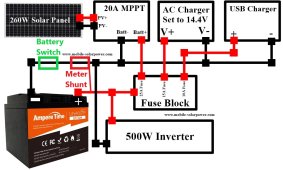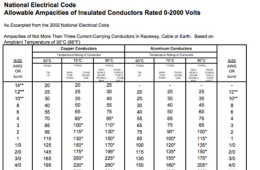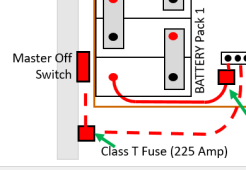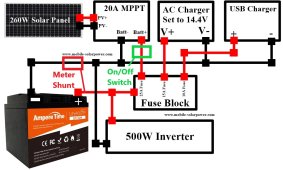Hi, new user to the forum here, Will Prowse's Milk Crate video brought me here (probably like many).
I was hoping to try out this build sometime in the future, but had a few questions regarding the system:
I was hoping to try out this build sometime in the future, but had a few questions regarding the system:
- I see that Ampere Time, in addition to the 12V/50Ah (600Wh) battery that he recommended, also has larger batteries such as 12V/100Ah & 200Ah. If one wanted to upgrade in the future to a larger Wh battery capacity, would they be able to re-use the same components (inverter, AC charger, etc.) from the rest of the build? Or would certain components need to be upgraded to handle the larger capacity?
- Similarly along with increasing Wh capacity, if one wanted to upgrade the AC/Solar input W rating, would one need to use a different MPPT controller or other component?
- Would one be able to chain multiples of these 12V/50Ah batteries together (in parallel) to increase the Wh of the overall system, while still re-using the other components?
- How would one hook up a battery indicator/meter to display the remaining battery life or time left?
- This may be making the project more complicated/expensive, but is there a way to connect an indicator to display the AC input and/or output (in Watts), ie. without having to use a clamp meter? Would something like this Inline Power Meter, with some MC4 connectors added to each end, connected in between the solar panel output & controller input, be able to work (for input at least)?
Last edited:









